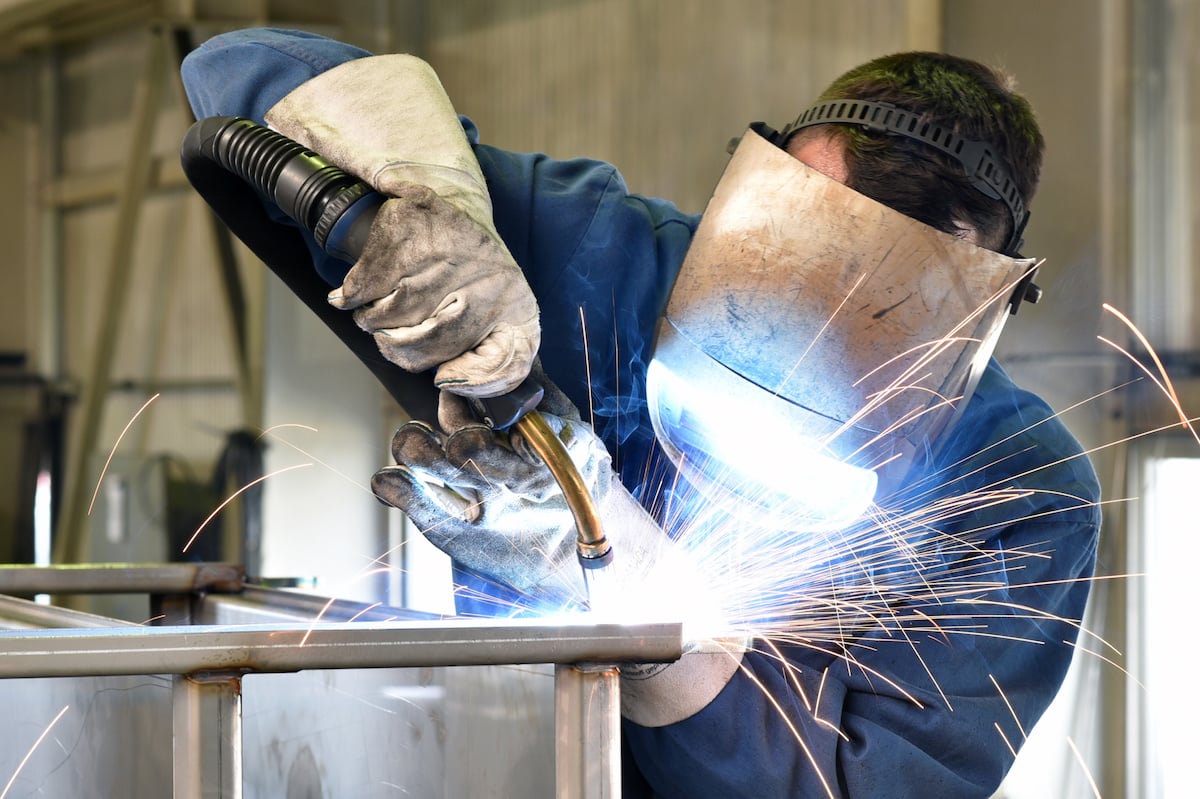Bonding WPS for Beginners: Beginning with Welding Procedure Specifications
The Ultimate Overview to Welding WPS Procedures: An Extensive Introduction for Welders
In the elaborate world of welding, Welding Procedure Specifications (WPS) offer as the backbone of guaranteeing quality, uniformity, and security in welding operations (welding WPS). As we delve into the numerous components of a WPS and discover the complexities of credentials and qualification, we will uncover the crucial role these treatments play in the world of welding.
Relevance of WPS Procedures
Recognizing the significance of Welding Treatment Specifications (WPS) procedures is important for making certain the top quality and honesty of bonded frameworks. WPS procedures serve as a roadmap for welders, laying out the necessary steps, specifications, and products called for to accomplish a sound weld. By adhering to WPS standards, welders can guarantee consistency in their work, leading to trustworthy and structurally sound welds.
One of the main factors why WPS treatments are essential is their function in preserving weld top quality and stability. Following the defined welding specifications and techniques detailed in the WPS helps prevent flaws such as porosity, fracturing, or insufficient blend, which can jeopardize the stamina and sturdiness of the weld.
Elements of a WPS
A Welding Procedure Requirements (WPS) generally consists of crucial elements that detail the specific needs for performing a weld, guaranteeing consistency and quality in the welding process. The vital parts of a WPS consist of crucial variables such as base steels, filler metals, preheat and interpass temperatures, welding procedures, shielding gases, welding positions, and post-weld heat therapy demands.
Base steels refer to the products being signed up with, while filler steels are used to load the void between the base metals throughout welding. Preheat and interpass temperatures are essential for regulating the heat input and stopping issues like fracturing or distortion. The welding procedure outlines the particular technique to be utilized, whether it's gas metal arc welding (GMAW), secured metal arc welding (SMAW), or one more technique. Shielding gases protect the weld swimming pool from atmospheric contamination. Welding placements define the orientations in which welding can be done. Post-weld warm therapy may be needed to alleviate stresses and enhance the weld's residential or commercial properties. A comprehensive understanding of these elements is critical for producing a comprehensive and efficient WPS.

Qualification and Accreditation
Having developed the important parts of a Welding Procedure Requirements (WPS), the emphasis currently moves in the direction of the important aspects of qualification and qualification in welding practices.

Qualification, on the various other hand, is the formal recognition of a welder's certifications by a relevant qualification body or company. Welding certifications are generally based upon the specific welding procedures, products, and settings a welder is certified to deal with. Holding a legitimate welding accreditation shows that a welder meets market requirements and is experienced to execute welding tasks important source to the needed specs.
Developing a WPS
To develop a Welding Treatment Specification (WPS) that satisfies sector standards, careful consideration of welding processes, materials, and functional criteria is important. The first step in producing a WPS is to identify the welding procedure to be made use of, such as gas steel arc welding (GMAW) or secured steel arc welding (SMAW)

Implementing and Keeping An Eye On WPS
Upon completing the comprehensive Welding Procedure Specification (WPS) that carefully details welding processes, materials, functional specifications, and high quality guarantee actions, the emphasis moves to effectively carrying out and monitoring the recognized treatments. Application entails making certain that all welders associated with the task are acquainted with the WPS and follow it carefully throughout the welding procedure. This needs supplying ample training and supervision to guarantee adherence to the specified procedures. Checking the WPS entails constant oversight to verify that welding activities align with the documented requirements. Examinations, screening, and quality assurance procedures are important components of the monitoring process to identify any discrepancies or concerns promptly. Regular audits and reviews of the welding procedures help in maintaining uniformity and top quality throughout the task. Effective application and monitoring of the WPS are crucial for guaranteeing the honesty, strength, and safety internet of the bonded joints, ultimately adding to the general success of the welding task.
Conclusion
In conclusion, understanding and following Welding Treatment Specs (WPS) is crucial for welders to make certain high quality, uniformity, and safety and security in their work. By knowing the components of a WPS, getting appropriate qualifications and accreditations, producing detailed procedures, and carrying out and monitoring them properly, welders can enhance their skills and efficiency in welding practices. Complying with WPS procedures is crucial for creating top notch welds and conference market standards.
In the complex world of welding, Welding Treatment Specs have a peek at this website (WPS) serve as the foundation of ensuring high quality, consistency, and security in welding procedures. The welding process lays out the specific method to be made use of, whether it's gas metal arc welding (GMAW), secured steel arc welding (SMAW), or one more approach.To create a Welding Procedure Specification (WPS) that meets industry standards, cautious consideration of welding processes, materials, and operational parameters is vital. The first step in developing a WPS is to determine the welding process to be used, such as gas steel arc welding (GMAW) or secured steel arc welding (SMAW)Upon wrapping up the extensive Welding Treatment Specification (WPS) that diligently information welding processes, materials, functional parameters, and top quality guarantee steps, the focus changes to properly implementing and keeping an eye on the well established treatments.